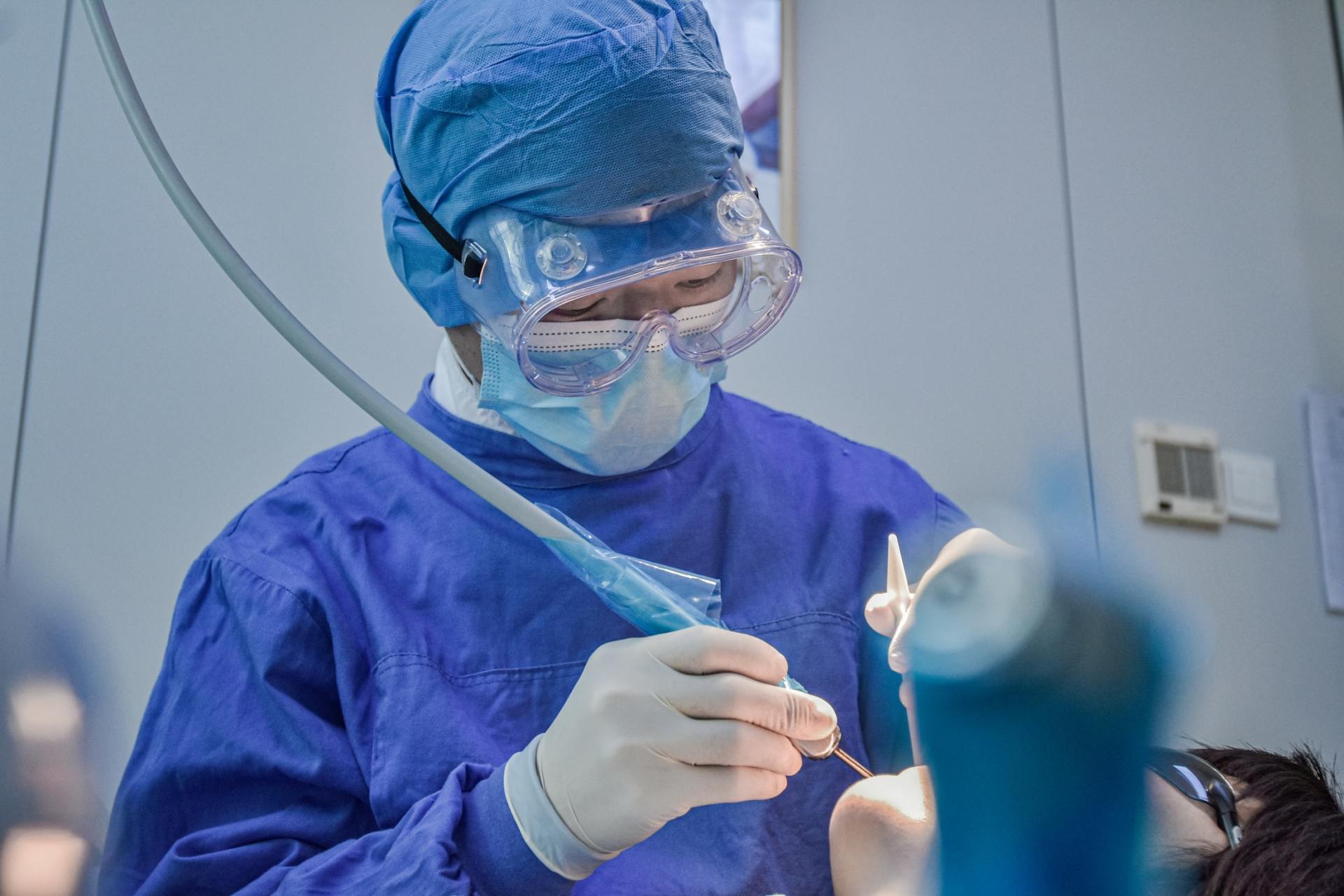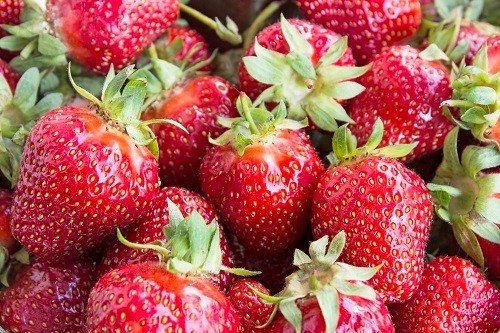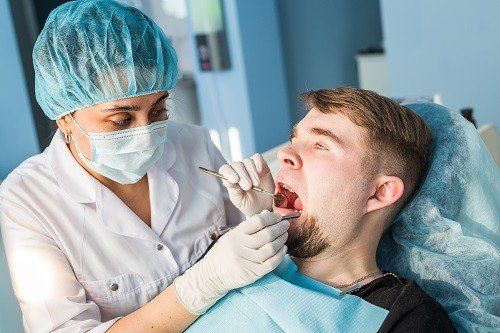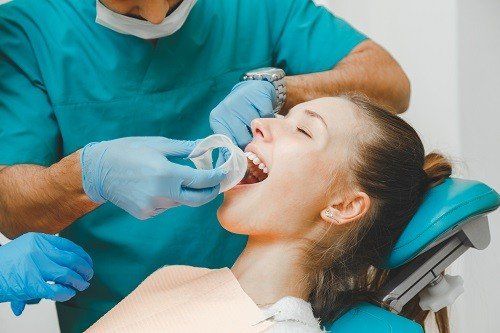Do Dentists Recommend Glycerin for Babies?
For new parents, their child’s oral care should begin once the child is born and everyone is at home, as this is where they start developing the child's lifelong oral healthcare habits. In coming up with your child’s routine, you may have learned about glycerin, and while you might know other parents who choose to use glycerin for their infant's mouth hygiene, you should always consult your pediatrician or dental professional before using it or similar products for your child’s healthcare. If you would like to learn more about glycerin, check out our quick guide below.
The Basics of Glycerin
Also called glycerol, glycerin is a syrupy, colorless liquid with a somewhat sweet taste to it. Synthetic glycerin causes toothpastes to be creamy, gives cough drops a sweet flavor, and provides the moisturizing component for facial and body creams. Saliva substitutes and eyewash solutions contain glycerin as well, as do ear wax products, laxatives, and various medications.
As stated by the Food and Drug Administration (FDA), pharmaceutical products that contain glycerin are low risk for being toxic, having been classified as “generally recognized as safe” (GRAS). However, small children should still be discouraged from swallowing great amounts of mouthwash or toothpaste, due to the sweetener and fluoride’s potential for causing stomach pain.
Cleaning a Baby's Mouth
While some people clean their infant's mouth using glycerin, the American Dental Association (ADA) recommends water for cleaning a baby's tongue and gums. Here is the more professionally accepted method for a baby’s oral healthcare:
- Use a damp piece of gauze or wet washcloth to clean the baby's tongue and gums twice per day—after breakfast as well as after the baby’s last nightly feeding. You may wrap gauze around one of your fingers to make the process easier or buy terrycloth finger cots from a local pharmacy.
- Once the child's first tooth erupts (about six months), start cleaning the mouth using a slight blot of fluoride toothpaste—no bigger than a rice grain—on an infant toothbrush or a piece of gauze.
- Schedule an appointment with the dentist before the child's first birthday, where they can answer questions you might have about sucking or teething habits, and so the child can start getting more comfortable at the office. From there, regular dental visits will be crucial for monitoring the child's quickly growing jaws and teeth.
- You can start flossing the child's teeth whenever the teeth have started touching.
- Replace the child's toothbrush whenever the bristles begin fraying or just every three to four months.
Continue brushing the child's teeth until they can handle the task themselves, which could be between four to eight years of age. Even then, they may require some supervision to ensure they spend adequate time brushing thoroughly.
Looking for ways to save money on your family’s dental bills? Wellness Dental Plan is a NH supplemental dental insurance plan that can save you as much as 20 percent off your bills. In addition to family plans, we also offer individual and business plans. For more information about these policies, please click here.











